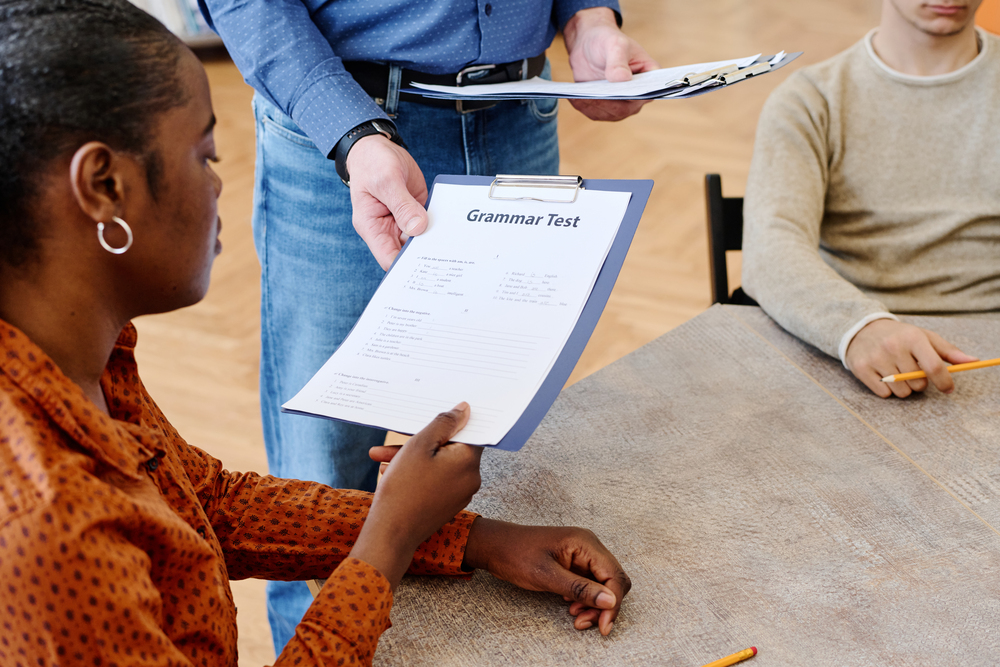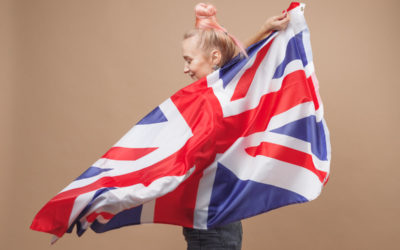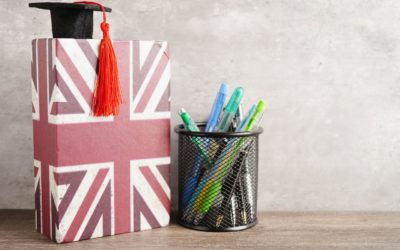Hasta los alumnos más avanzados en inglés a veces dudan entre ‘there is’ y ‘there are’. Por eso, en esta entrada de nuestro blog vamos a contarte cuándo elegir ‘there is’ y ‘there are’. Esperamos que después de leerlo tengas mucho más claras sus diferencias y sepas cuándo usar una opción u otra.
¿Cuándo usar there is y there are?
There is y there are se utilizan para expresar la existencia de algo. En español, esta formación equivale al verbo ‘haber’ en situaciones similares a estas:
- Hay alguien en la escalera / There’s someone on the stairs.
-
¿Hay alguna duda? / Is there any doubt?
En estos dos casos, para expresar la existencia de algo y para preguntar sobre la existencia de algo, no usaremos el verbo ‘to have’ como equivalente del español ‘hay’.
Por otra parte, a diferencia del verbo haber en español, en inglés sí distinguimos entre plural y singular y utilizaremos ‘there is’ o ‘there are’ en función de si el complemento directo está en singular o en plural.
Reglas de uso
Como decíamos, el uso de there is y there are depende de si el objeto que hay detrás del verbo ‘to be’ está en singular o en plural.
Por ejemplo:
- There’s A hole in your pants / Tienes UN agujero en el pantalón
- There are TWO holes in your pants / Tienes DOS agujeros en el pantalón
There is y there are en presente
El uso de estos verbos cambia en las oraciones afirmativas, negativas e interrogativas, en singular y en plural.
- There’s a dog in my house / Hay un perro en mi casa
-
There are three dogs in my kitchen / Hay tres perros en mi cocina
-
There isn’t anything in the fridge / No hay nada en el frigorífico
-
There aren’t any bottles / No quedan botellas
- Is there any reason to stay? / ¿Hay alguna razón para quedarse?
-
Are there more cars? / ¿Hay más coches?
Uso de there is y there are en pasado
Cuando queremos mencionar un acontecimiento pasado, las oraciones se conjugan siguiendo las reglas del verbo ‘to be’ en singular o en plural. Es decir, utilizaremos there was o there were.
- There was a dog in my house / Había un perro en mi casa
-
There were three dogs in my kitchen / Había tres perros en mi cocina
-
There wasn’t anything in the fridge / No había nada en el frigorífico.
-
There weren’t bottles / No quedaban botellas
- Was there any reason to stay? / ¿Había alguna razón para quedarse?
- Were there any cars?/ ¿Quedaban algunos coches?
Formas en futuro y especulaciones
También se puede utilizar there is y there are en futuro o para hacer especulaciones. Se pueden usar las formas ‘will be’, ‘be going to’ y ‘might be’.
A veces ‘will be’ y ‘be going to’ pueden intercambiarse.
-
There will be a royal wedding next year / Habrá una boda real el año que viene
-
There will be 300 people at the concert / Habrá 300 personas en el concierto
-
There is a going to be a party at the end of course / Habrá una fiesta de fin de curso
-
There are going to be a lot more parties like this / Habrá muchas fiestas como esta
- There might not be a microphone for the band / Puede que no haya un micrófono para la banda
- There could be some problems with technology / La tecnología podría dar problemas.
Academia de inglés en Granada
¿Te gustaría mejorar tu inglés para avanzar profesionalmente, obtener un título oficial de inglés en Granada o viajar por todo el mundo con más tranquilidad? ¡Desde nuestra academia de inglés en Granada te ayudamos a conseguirlo!
Contacta con nosotros aquí para más información.



